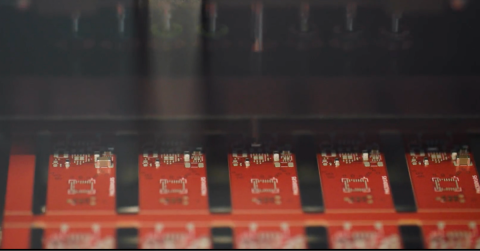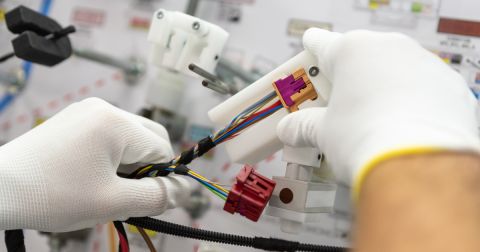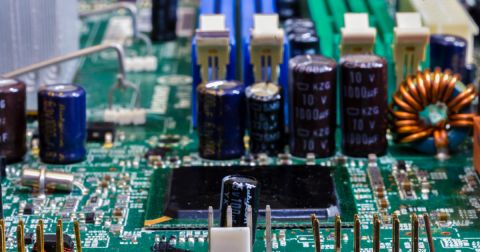Multi-Board Design Projects in Altium

I was working with a customer recently who had two related PCBs. In this multi-circuit boards design project, he wanted to work from a single schematic package yet have a subset of the schematics populate two different printed boards. It's enough of a scenario, and it's reasonably simple to achieve in Altium. Here's how.
At the time of publishing, Altium currently supports only one PCB per PCB Project. In other words, each PCB project targets only a single board. So, in order to have related schematics populate different circuit boards, we first need to have multiple PCB Projects (PrjPCB), one for each board we are targeting. The secret to amalgamating the schematics is to have a third project for the overall layout design that doesn't target a board but acts as the design project for the multi-circuit boards system. Multiple PCBs in one project don't have to be hard; this will help, trust me.
Consider the Design Workspace in the figure below. Here we have three PCB projects. The first -PCB_Project1.PrjPCB - contains the complete set of the schematics for the two Printed Circuit Boards. It is in this project that all schematic capture design, electrical rule checking, etc. takes place. This is in fact the master design project for all boards to made from the design. Since all of the schematics are in the same project, their net connectivity will be extant throughout the design.
The remaining two projects - PCB_Project2.PrjPCB and PCB_Project3.PrjPCB - contain a subset of the schematics in the first project, as well as the PCBs which will be updated by the defined schematic capture subsets. PCB_Project2.PrjPCB and PCB_Project3.PrjPCB simply have the appropriate schematics added to them by right-clicking on the PrjPCB file and using the "Add Existing to Project" command to add the relevant schematics.
At this point any changes made to the schematics in PCB_Project1.PrjPCB will be reflected in the schematics of the other two projects, as the schematics you'ved to these are in fact the same files contained in the master project.
When the Printed Circuit Boards are updated in PCB_Project2.PrjPCB and PCB_Project3.PrjPCB, only those schematics contained within each PCB Project will be reflected in the updates.
While the demo design used in this blog targets just two PCBs, this technique can be used for any number of printed board designs and provides a simple way to consolidate the front-end schematic design of complex designs with multiple PCBs in one project.
And there you have it, an approach to multi-board design that will allow you to work from a single schematic package and have a subset of the schematics populate two different boards. Try it and let us know how it works for your next multi-circuit boards project.
And if you are just discovering Altium for the first time and want to design a multi-PCB fabrication project using Altium, try our PCB design software free.











